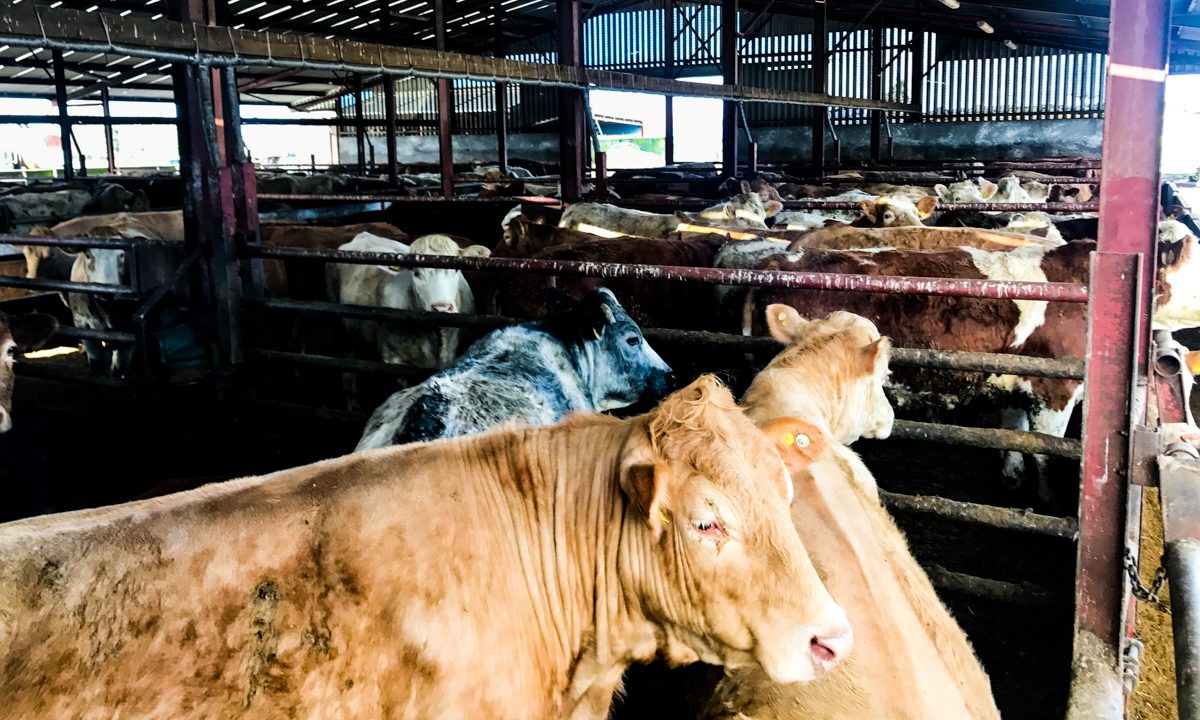The Department of Agriculture, Food and the Marine (DAFM), in collaboration with Met Éireann, has released its forecast of the predicted risk of disease caused by liver fluke (Fasciola hepatica) infection in livestock.
This year’s forecast is based on meteorological data gathered between May and October 2020.
A summary of the forecast highlights, after what was a drier start to the summer in the month of May – more changeable weather conditions during the period of June to September.
Farms located in the north-west region are noted to have some high risk values, while farms situated in the south-western part of Munster are recorded to have the highest risk value of 474.
Animal Health Ireland
Meanwhile, as part of Animal Health Ireland’s ‘Beef HealthCheck programme’ – which is ran in partnership with Meat Industry Ireland (MII) – new figures have been released on liver fluke information in cattle. This data has been formulated from animals processed in the progamme’s participating factories.
The report illustrates that in the year to date, an average of 51% of herds brought forward at least one animal with liver damage caused by liver fluke; with live liver fluke parasites being seen in animals from 14% of herds.
In comparison to 2019, similar levels of liver fluke were noted. However, for the second half this year, higher detections of live liver fluke parasites were reported.
For farmers that wish to view their ‘Beef HealthCheck’ reports, they are available to access on the Irish Cattle Breeding Federation (ICBF) website.
Also Read: Tackling liver fluke this winter on cattle farms
